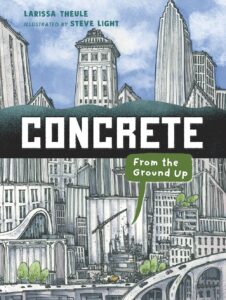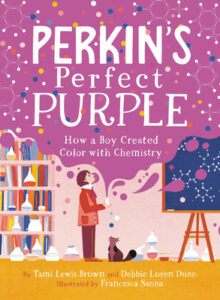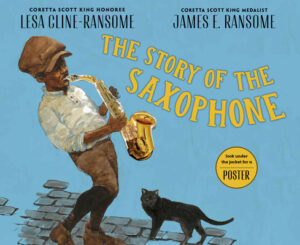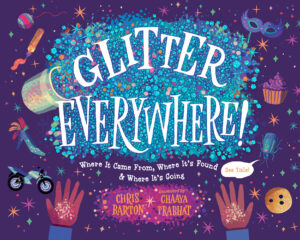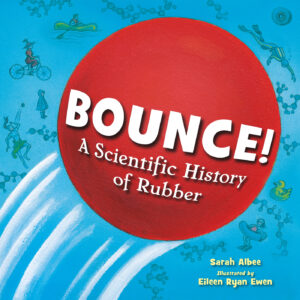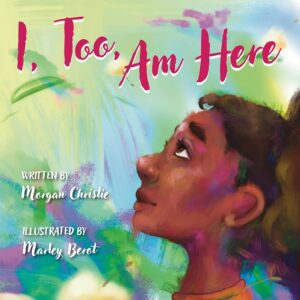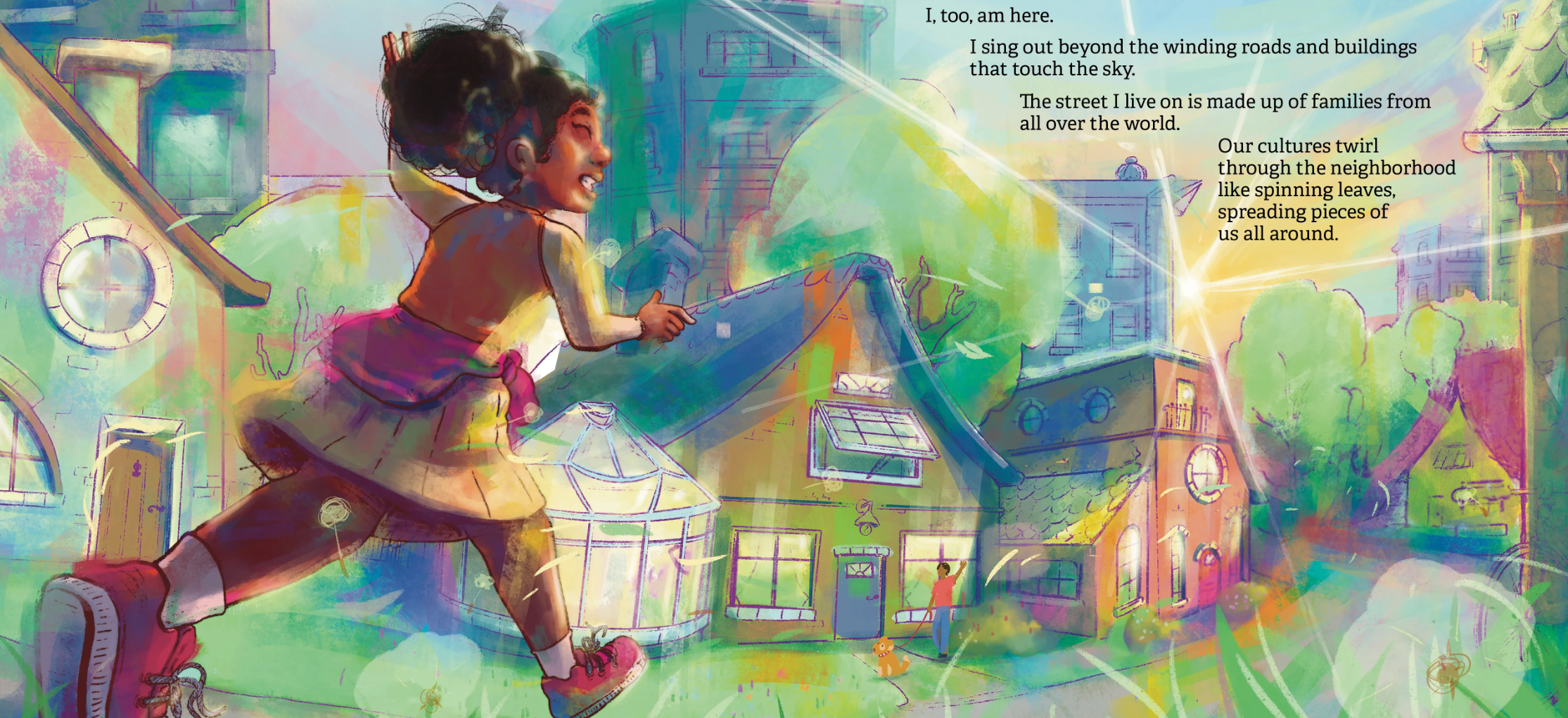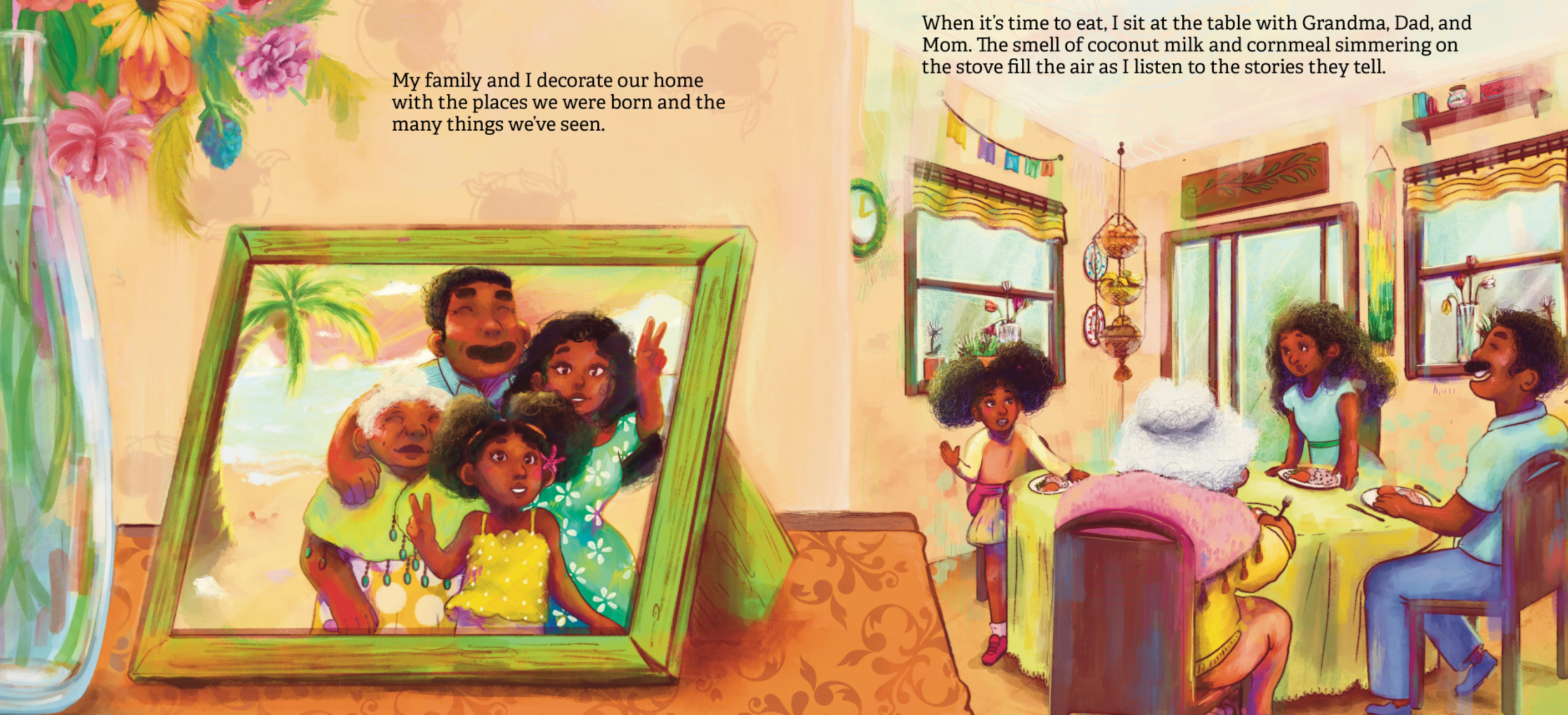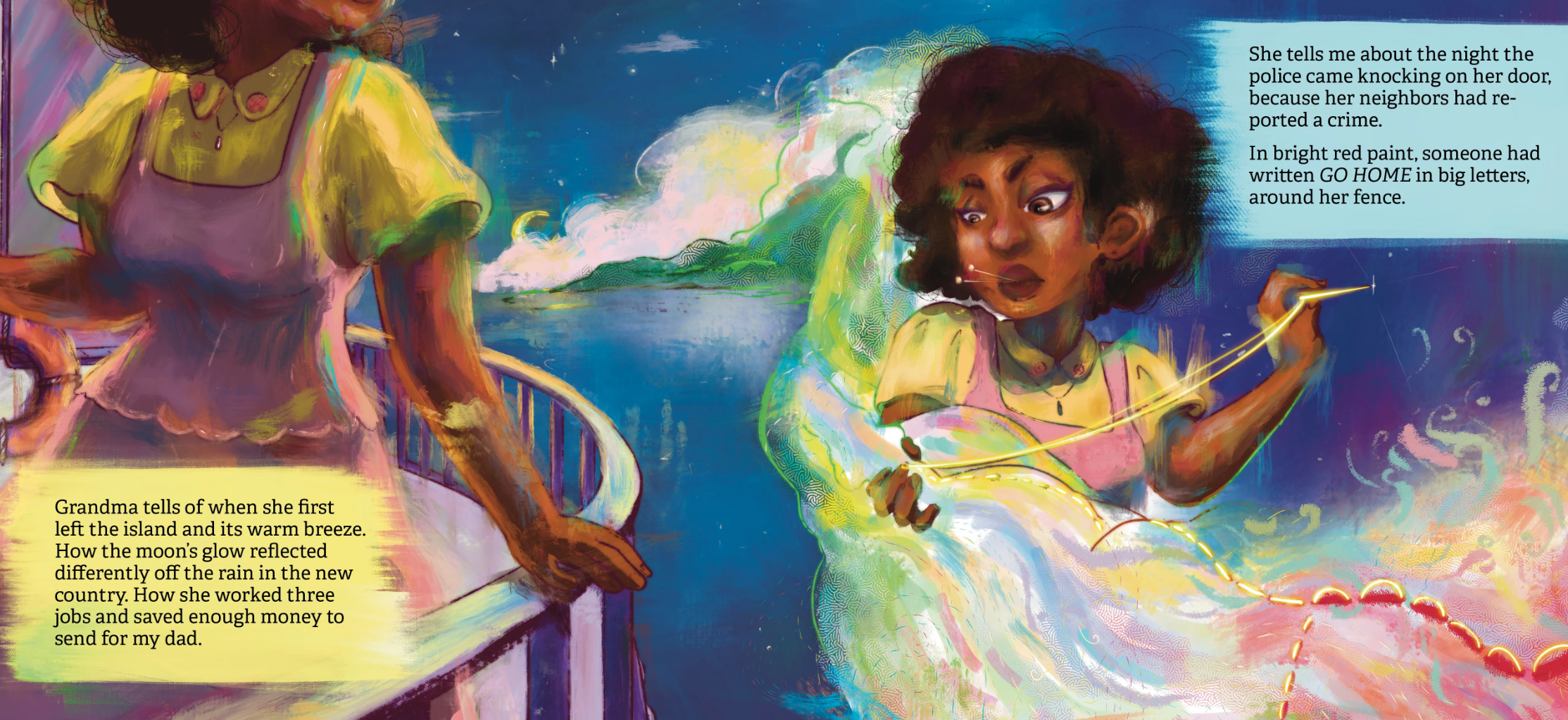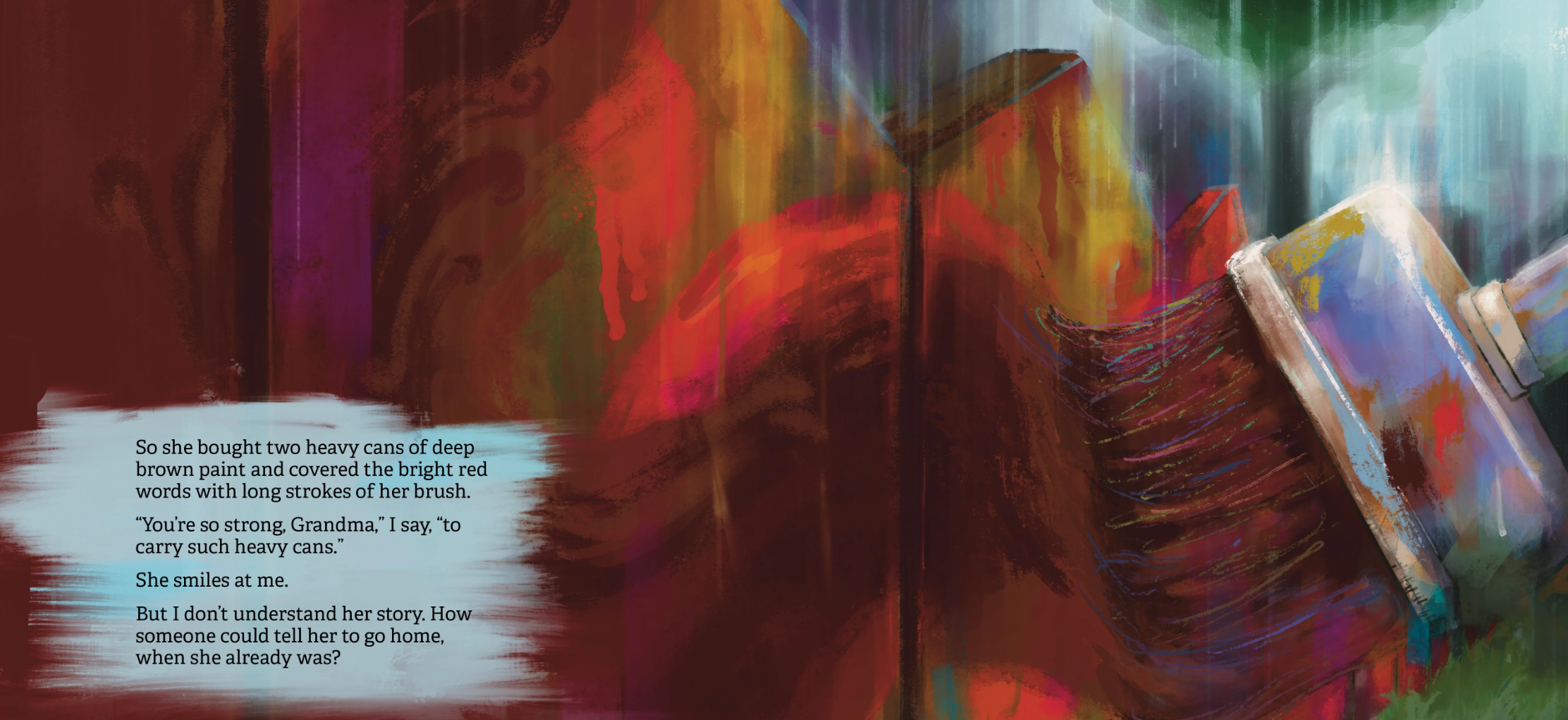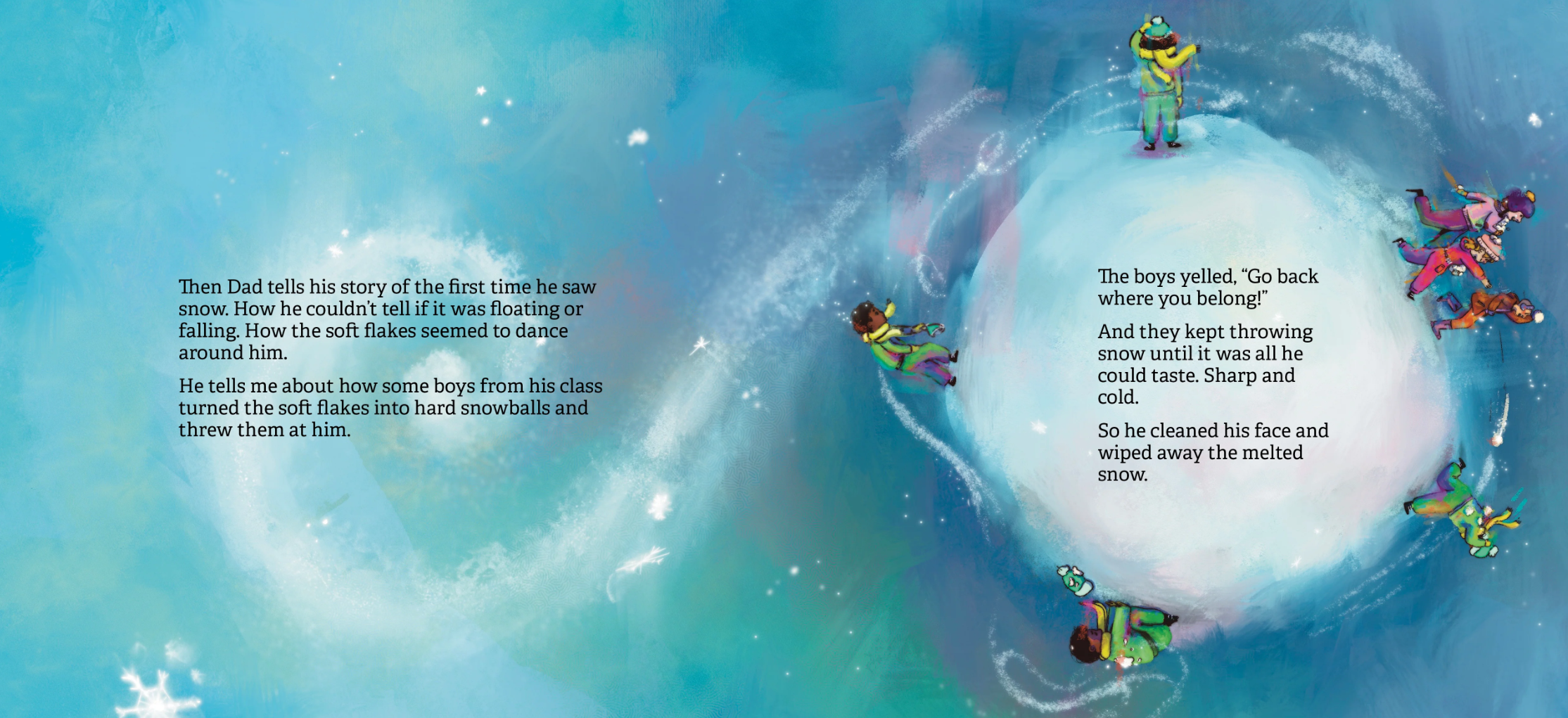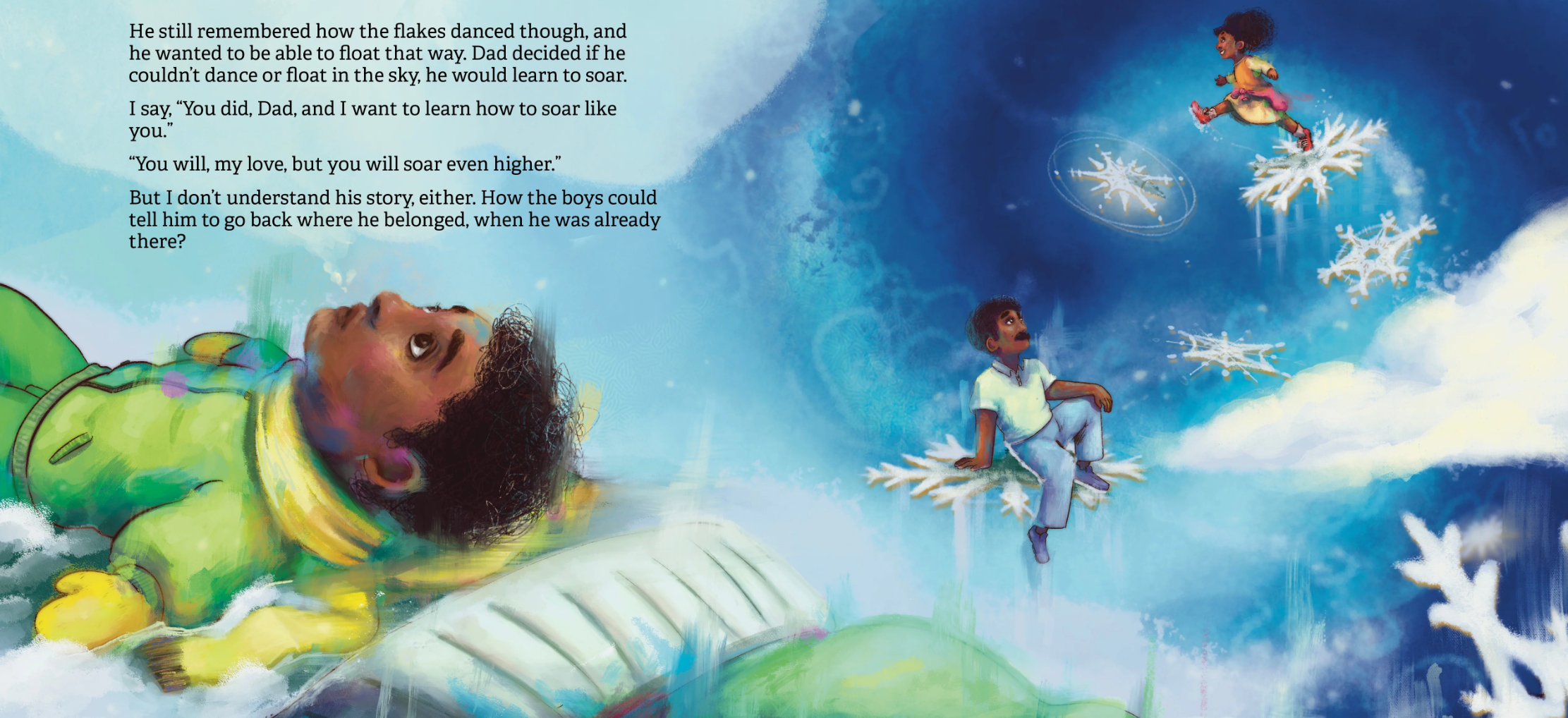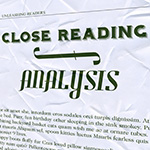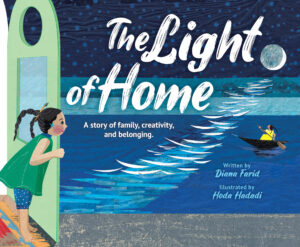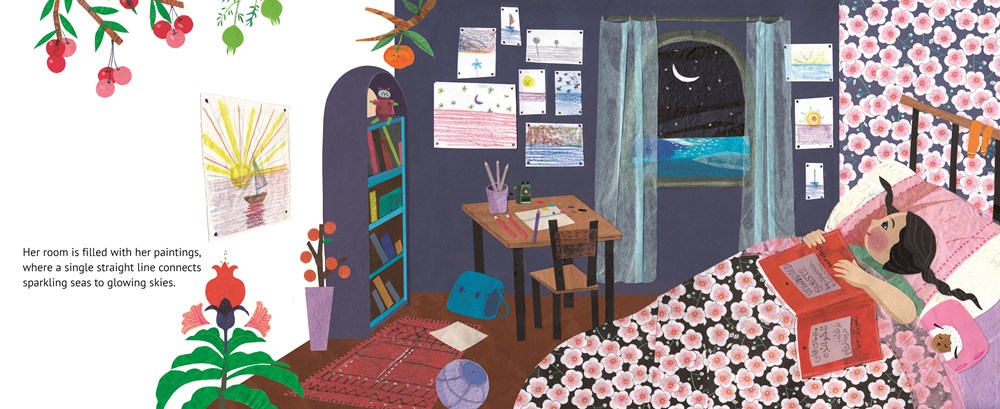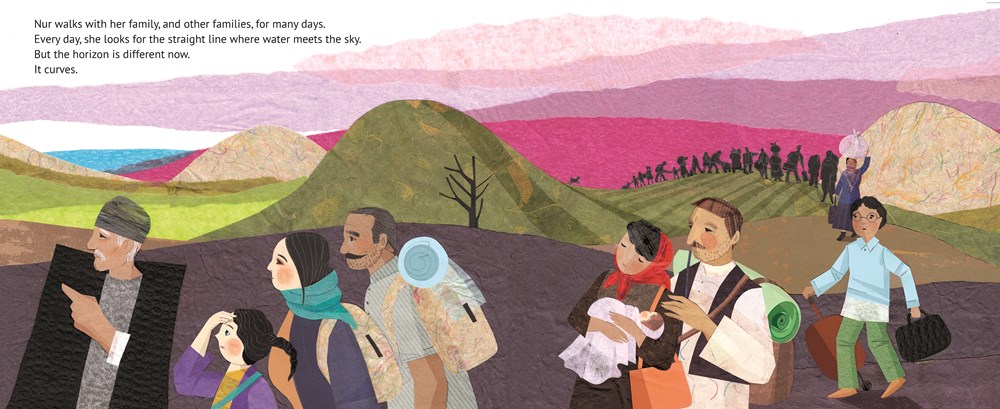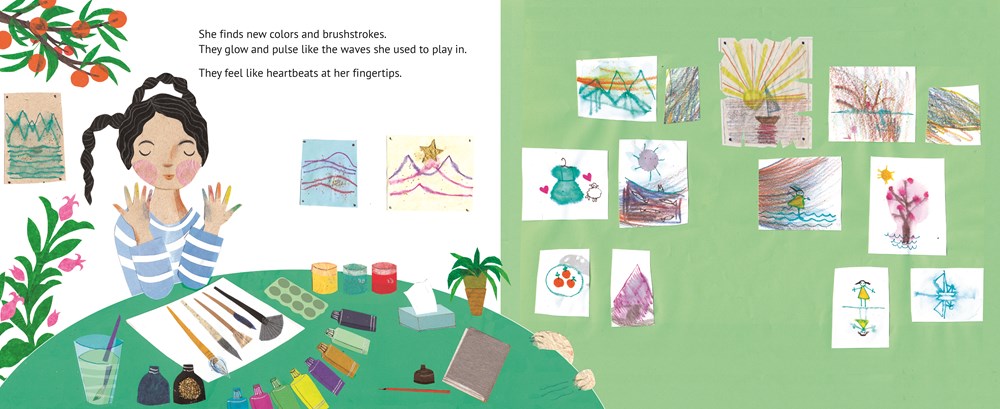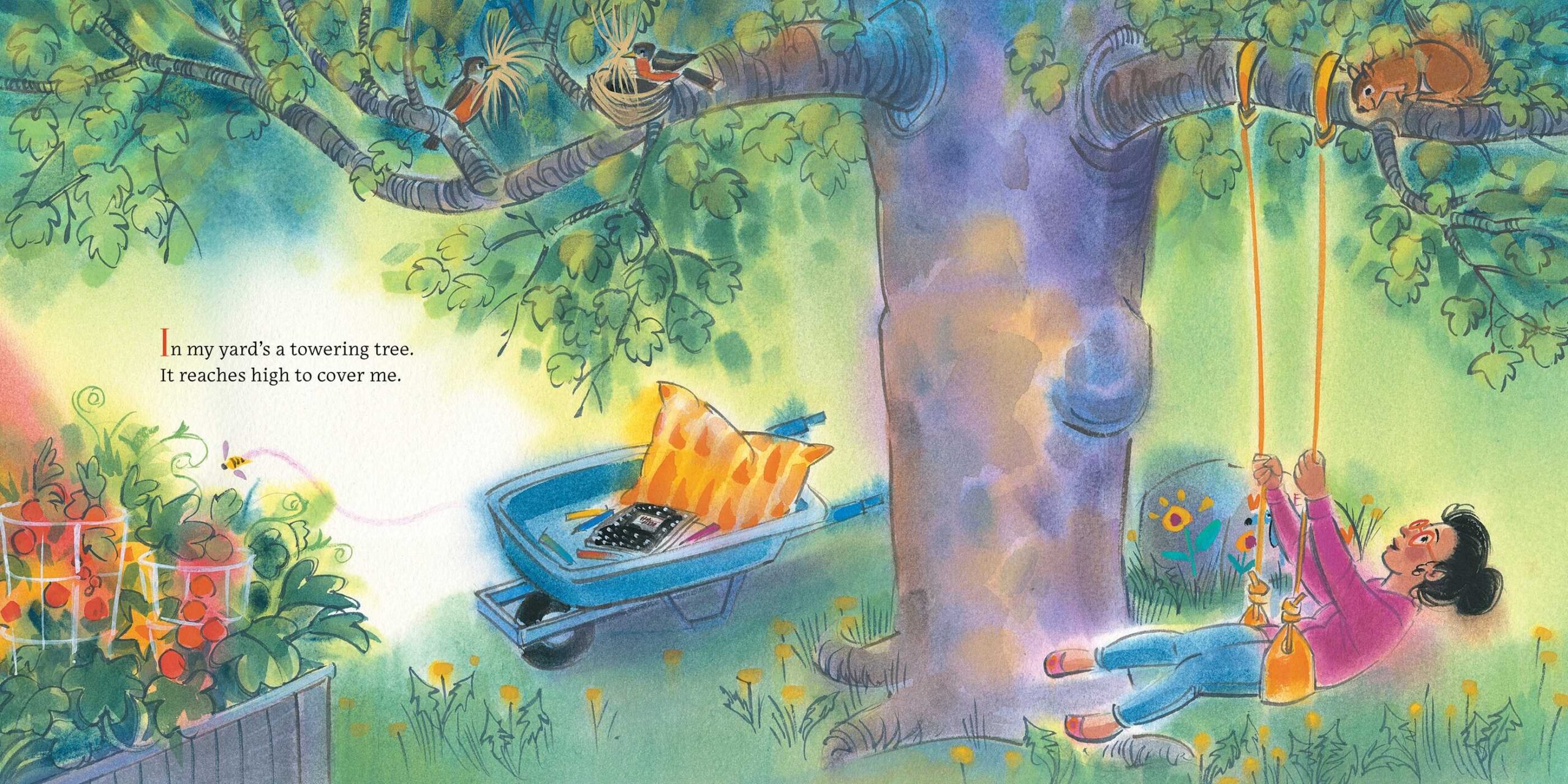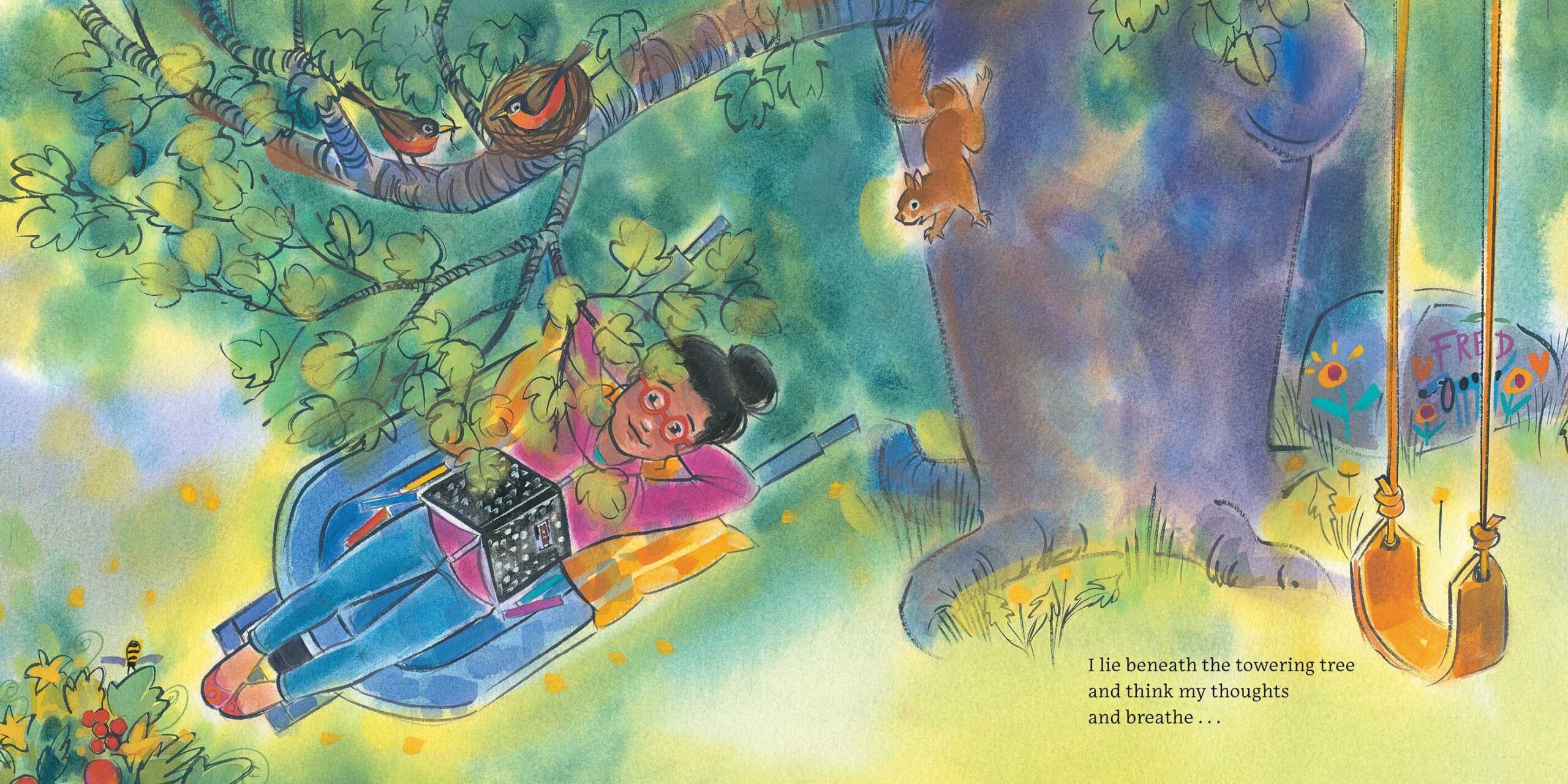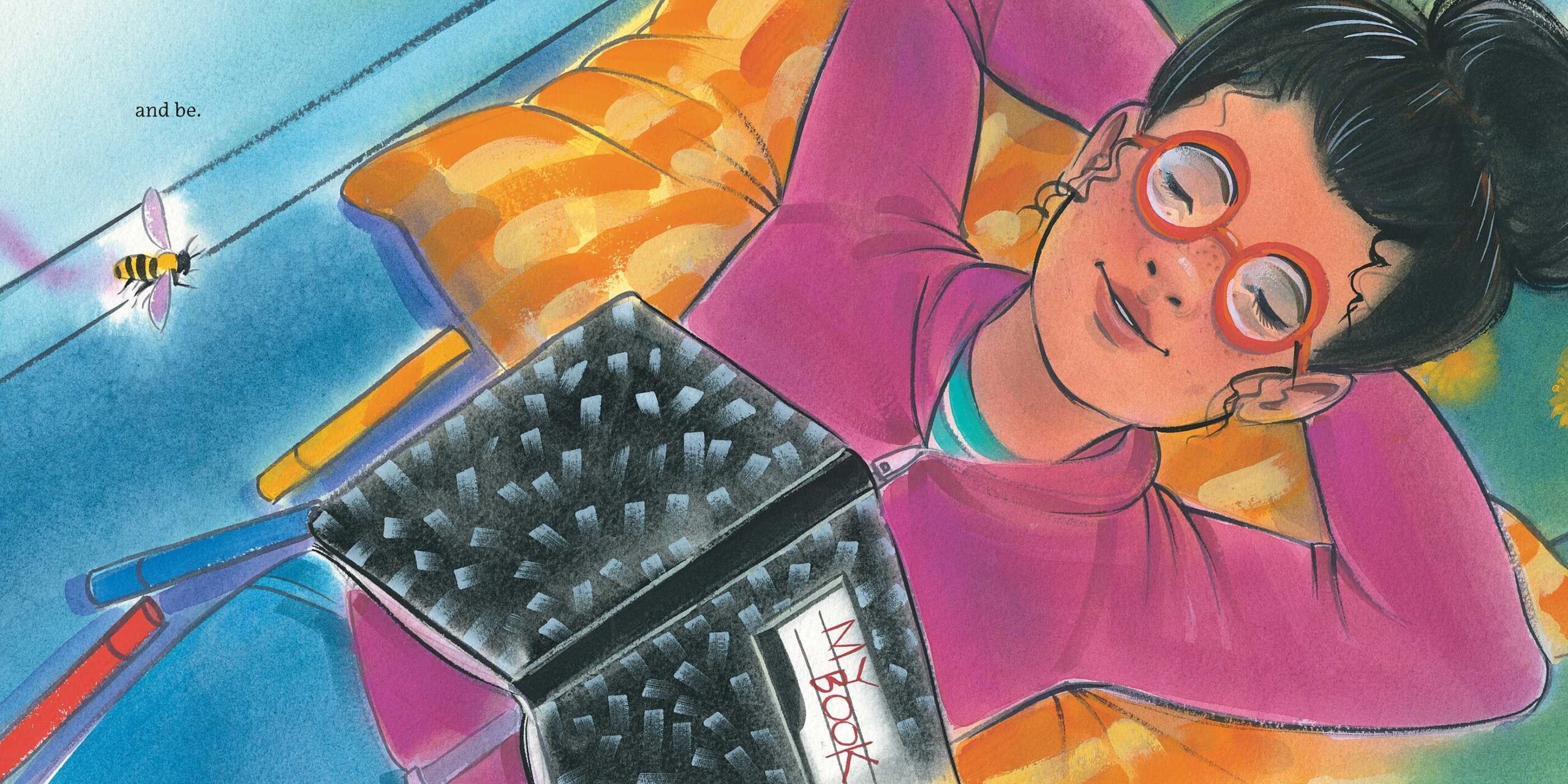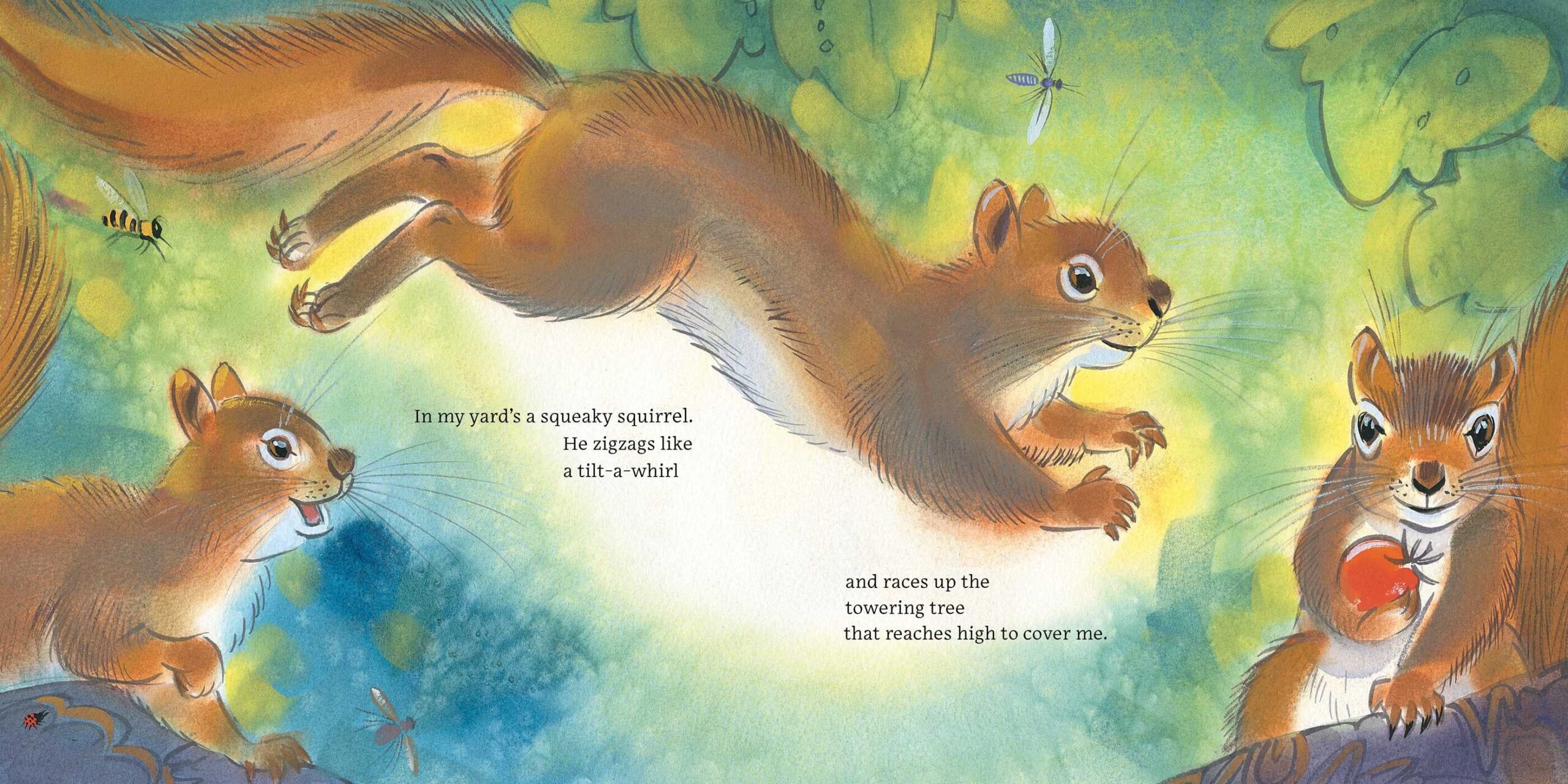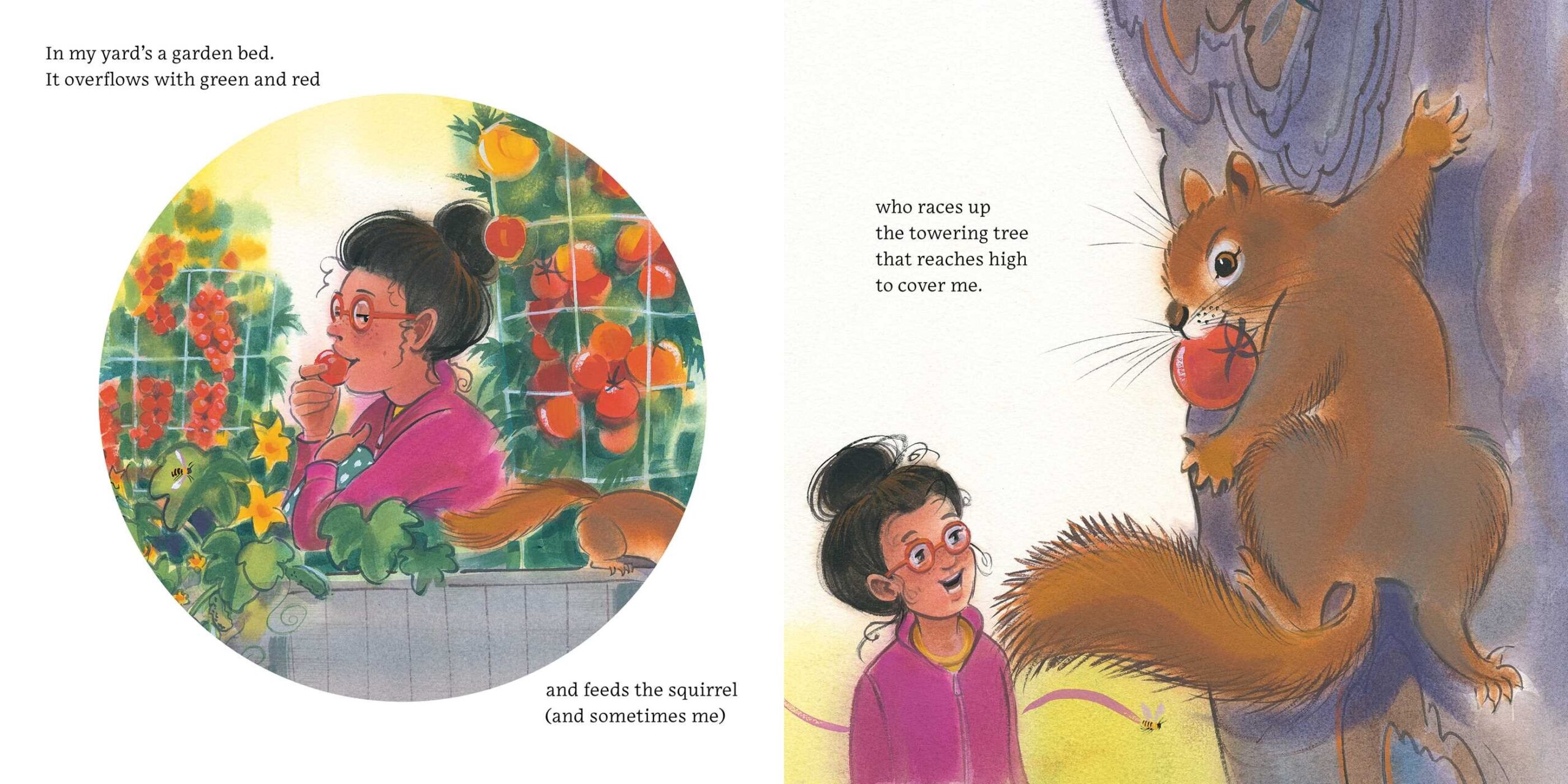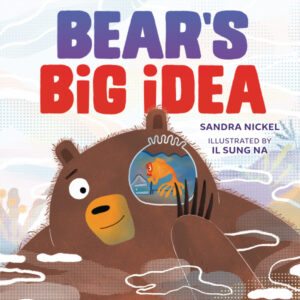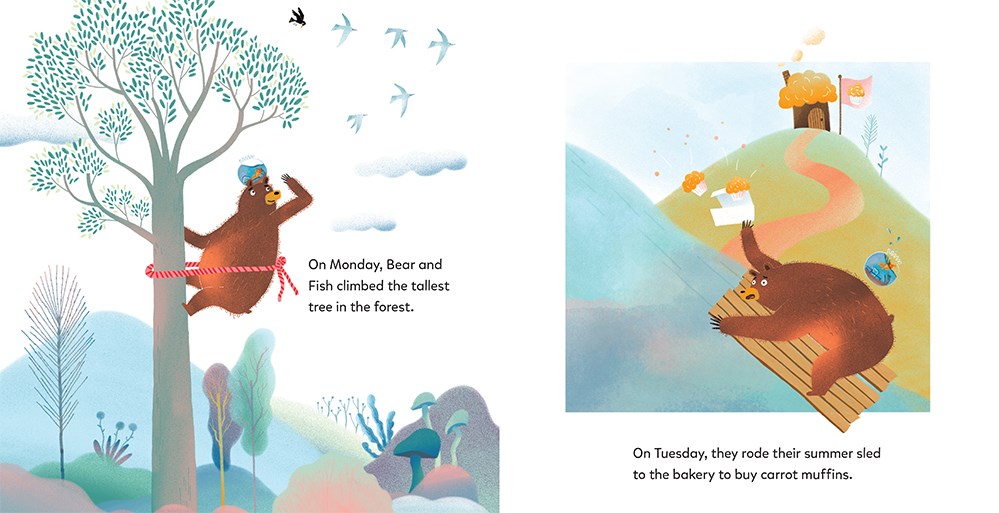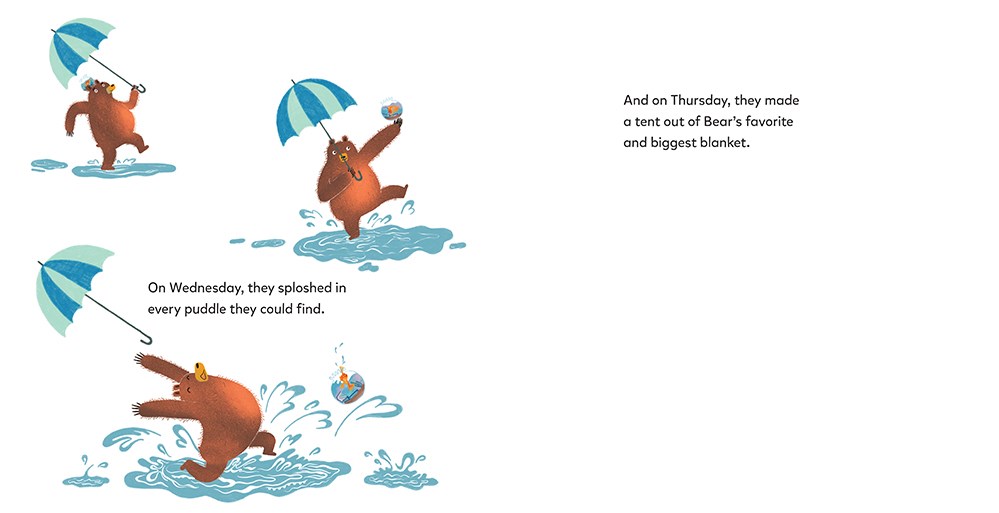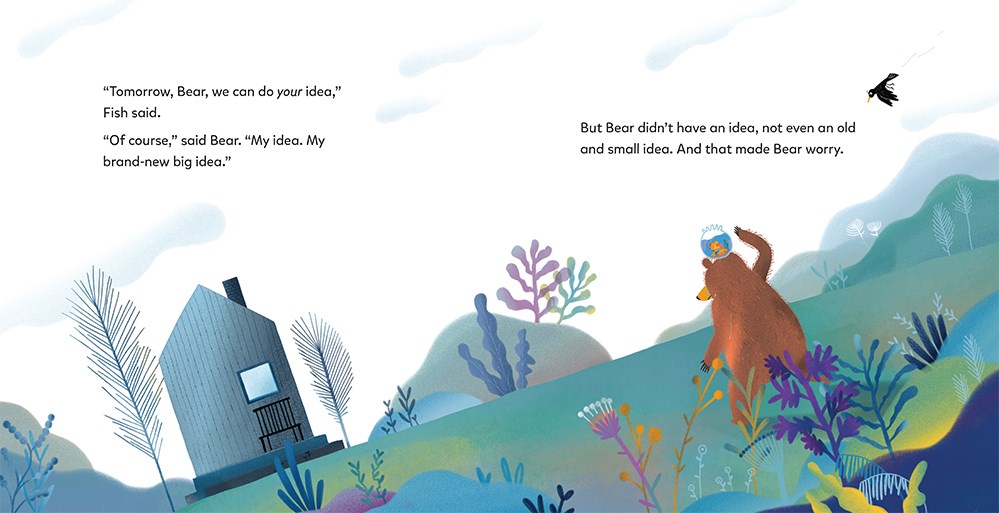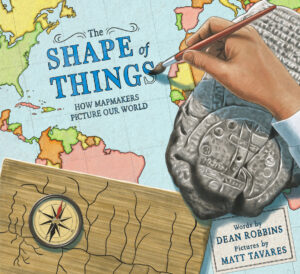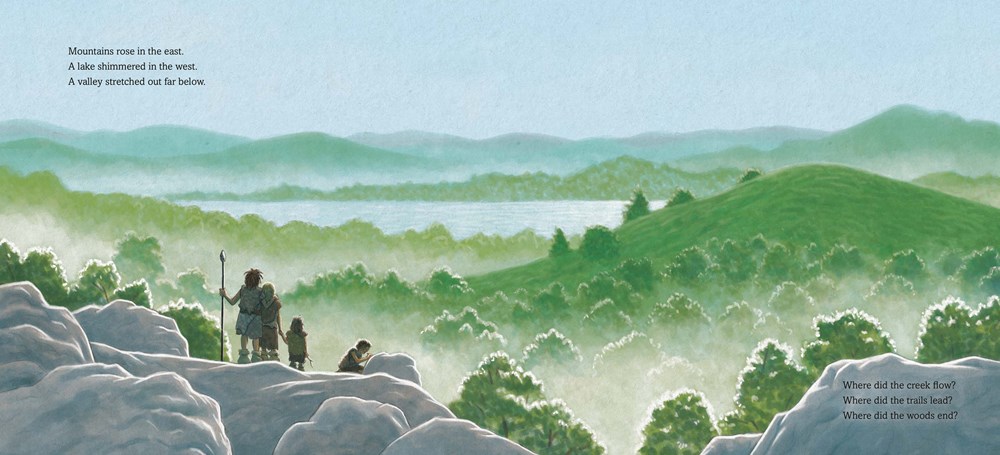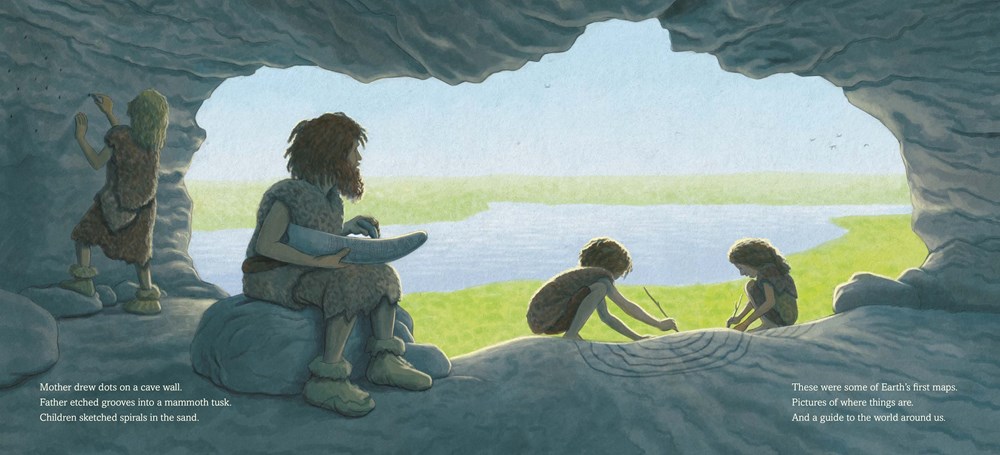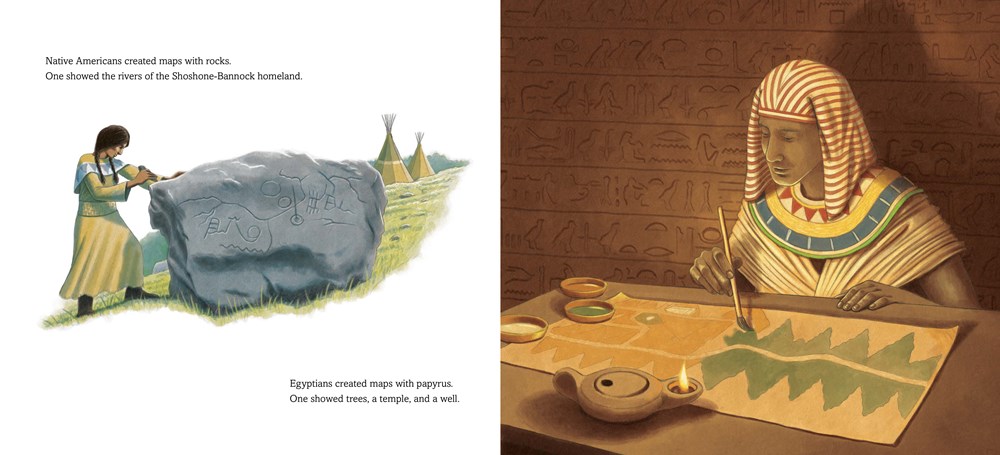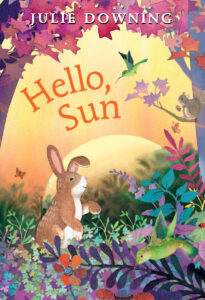“Encouraging Kids’ Curiosity”
I’ve always been curious about the origins of everyday things. I love to ask people if they know who invented the [insert everyday thing here], or where [insert everyday thing here] originated. It’s one of my favorite cocktail party games. (I am so much fun at parties!)
So it probably tracks that I also love books for kids that trace the origins of stuff most of us take for granted; books that show us where something came from in entertaining and fascinating ways. Books like these spark a kid’s curiosity. If this topic has such a cool origin story, a kid reader might think, then maybe this other thing, or that one, or that one might, too! I love these books so much I try to write them as often as possible. (Or as I might phrase it at a cocktail party, “these topics comprise a large part of my oeuvre”.)
So I’m excited to tell you about my latest book, Bounce! A Scientific History of Rubber. It was inspired by my fascination with bouncing balls. I’ve played basketball all my life, and whether a hooper is aware of it or not, anyone who becomes somewhat proficient at dribbling and shooting a basketball learns quite a bit about the laws of motion, and angles, and friction, and air pressure. But I wanted to know more, much more, about rubber itself. And I quickly realized that the modern world couldn’t function without this miraculous substance. It’s a very STEAMy book, with sidebars about polymers and elasticity and other physical properties.
Here are some excellent recent books that also trace the origins of everyday things. These are all books I wish I’d written. And they’re books that would make excellent additions to your classroom.
Concrete: From the Ground Up by Larissa Theule, illustrated by Steve Light
Confession: before I read this book I thought concrete and cement were the same thing. (They’re not.) The history of concrete—a combination of stone, sand, water, and cement (limestone and clay)—goes way, way back. With its clear and whimsical illustrations, the book explores the earliest use of concrete by the ancients as a way to hold stone and brick together, and then, later, its use by the Romans as a structural material. The Romans used it to build aqueducts and amphitheaters (such as the Colosseum) and even the dome of the Pantheon. But their recipe was lost. Many centuries later, concrete was reinvented, and civil engineers added steel rods running through it to create an even stronger material: reinforced concrete.
Perkins Perfect Purple by Tami Lewis Brown and Debbie Loren Dunn. Illustrated by Francesca Sanna
A chemist by trade, Englishman William Perkin attempted to create a synthetic version of quinine, a medication used to treat malaria. Although his effort was a failure, he discovered something else when cleaning his equipment. The leftover mucky stuff was a lovely shade of purple. This once-costly color could suddenly be made from inexpensive coal sludge. And suddenly Victorian England was awash in the color purple. It’s a great example of the unexpected consequences of scientific experimentation that can lead to new discoveries.
The Story of the Saxophone by Lesa Cline-Ransome, illustrated by James Ransome
As a kid I was semi-obsessed with the beautiful, almost voice-like sound of the saxophone. So I was beyond excited to see the history of this instrument told by my favorite author-illustrator team, Lesa Cline-Ransome and James Ransome. And it’s a fascinating history, especially as told by Lesa, a brilliant storyteller. The illustrations are equally captivating—James embeds saxophones on each spread that are collages of actual images. (Listen to their interview on NPR here.)
This is the history of an object, yes, but the larger theme is the power of curiosity.
Glitter Everywhere! Where it came from, where it’s found & where it’s going
By Chris Barton, illustrated by Chaaya Prabhat
I loathe glitter, but I love Chris Barton’s writing, and this is a perfect kid-friendly topic. It’s the history of sparkly stuff from ancient times (beetles, mica) to the present. Importantly, it includes a frank discussion about the environmental damage glitter has wrought on the environment. (Also check out his books about Day-Glo colors and SuperSoakers.)
Here are some classroom activities you might consider for your students:
- Ask students to write “Today I Learned,” in their writer’s notebooks, and then choose a nonfiction book. They can record an interesting fact or facts about something they’ve learned from the book.
- Have students write down the sentence “I wonder where _____ comes from.” Ask them to brainstorm a list of five everyday objects they’d like to learn more about, and then choose one object to research.
- After reading a book about the history of an object, ask students to create an infographic, art project, or other display of their choice that traces the origins of that object (such as rubber, concrete, the saxophone, or a topic of their choosing) from its invention to the present day.
- Ask students to film a short video in which they ask people (teachers, students, family members) if they can tell you about the origins of an object. Sometimes the answers can be hilarious!
Bounce! A Scientific History of Rubber
Author: Sarah Albee
Illustrator: Eileen Ryan Ewen
Published October 22nd, 2024 by Charlesbridge
About the Book: Ever wondered what makes rubber bounce? Or why it’s stretchy? And WHY is rubber so . . . rubbery?! Learn the fascinating science and history behind this ubiquitous material!
With sidebars, graphics, fun facts, and more, the history of rubber reveals plenty of fascinating secrets and surprises. Elementary school readers will discover that early balls didn’t bounce; that people in the rainforest made waterproof gear from rubber thousands of years before Europeans got into the act; and that sneakers, bicycles, and cars created demand for more and more rubber!
Back matter includes a time line and a bit about the complicated implications of harvesting rubber.
About the Author: Sarah Albee is the New York Times bestselling author of many nonfiction books for kids. Her most recent titles are both picture books: Bounce!: A Scientific History of Rubber and The Painter and the President: Gilbert Stuart’s Brush with George Washington. Other popular titles include Troublemakers in Trousers: Women and What They Wore to Get Things Done; Fairy Tale Science; Accidental Archaeologists: True Stories of Unexpected Discoveries; and Poop Happened: A History of the World from the Bottom Up. She and her husband, a high school administrator, live in New York City and have three grown children. Visit her at www.sarahalbeebooks.com
Thank you, Sarah, for sparking our curiosity and inspiring us to spark our students’!
